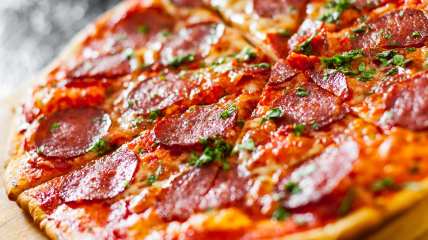5 common kitchen mistakes to avoid
We all make mistakes in the kitchen, but avoiding these common errors will make your cooking adventure much smoother.
We’ve all been there: You’ve spent the day planning a tasty meal for the family, friends, or a special date. But when cooked, your meal looks like the gruel served to Oliver Twist and tastes just as bad.
Your family tries to be polite. (“It’s OK, Baby, Auntie’ll fix it for you.”) Your friends laugh. (“Damn, Son — that plate’s uglier than the boil on my big toe!”) Your date? Well, it might be the last one. (“Look, I’m not coming up in here to be hungry.”)
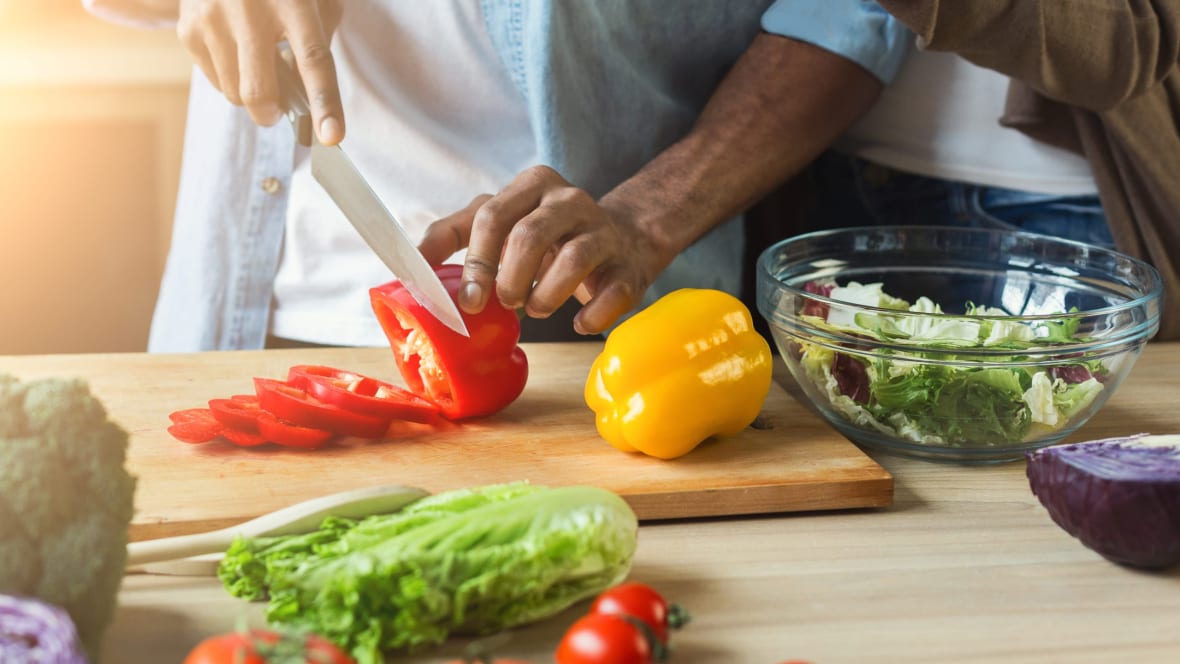
That’s why it’s essential to understand that mistakes in the kitchen can kill a meal and the vibe it’s meant to create. Here are five common kitchen and cooking mistakes and how to avoid them.
Adding hot water to yeast
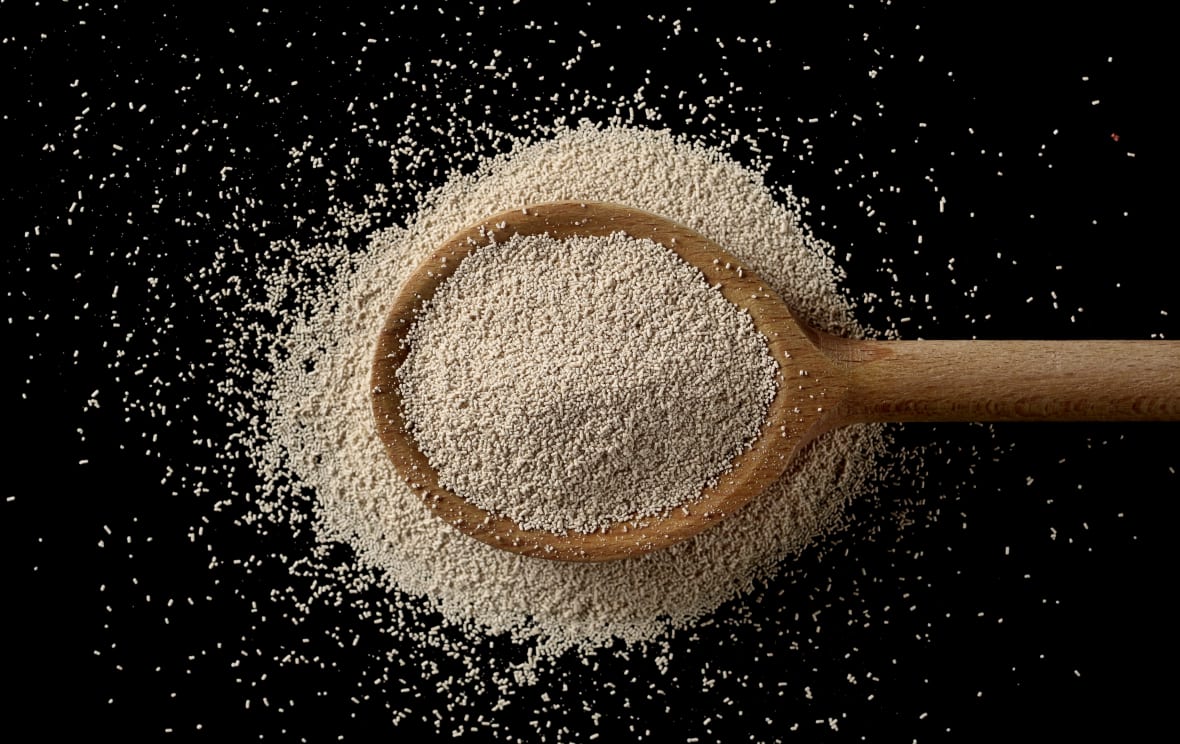
Yeast is as delicate as a blooming flower (not flour!) and needs to be treated as such. Yeast activates best with lukewarm water that reaches 105 degrees. Some recipes call for a little higher or lower temp, but that seems to be the sweet spot. If you don’t have a thermometer, the water’s ready when it’s warm to the touch. Hot water above 130 degrees kills yeast and stops the chemical reaction — the production of carbon dioxide gas — that causes the dough to rise. How can you kill something that’s not alive? Here’s today’s science lesson: Yeast, a unicellular fungus, is alive! The inactive packaged yeast springs to life when mixed with nutrients like sugar and water. The “bubbles” in the dough mean the yeast is eating and creating the gasses needed to make the dough rise. So, using a Frankenstein reference, “It’s Alive!” Just don’t kill it; otherwise, your bread won’t rise, and you’ll find yourself running to the baker to buy a loaf.
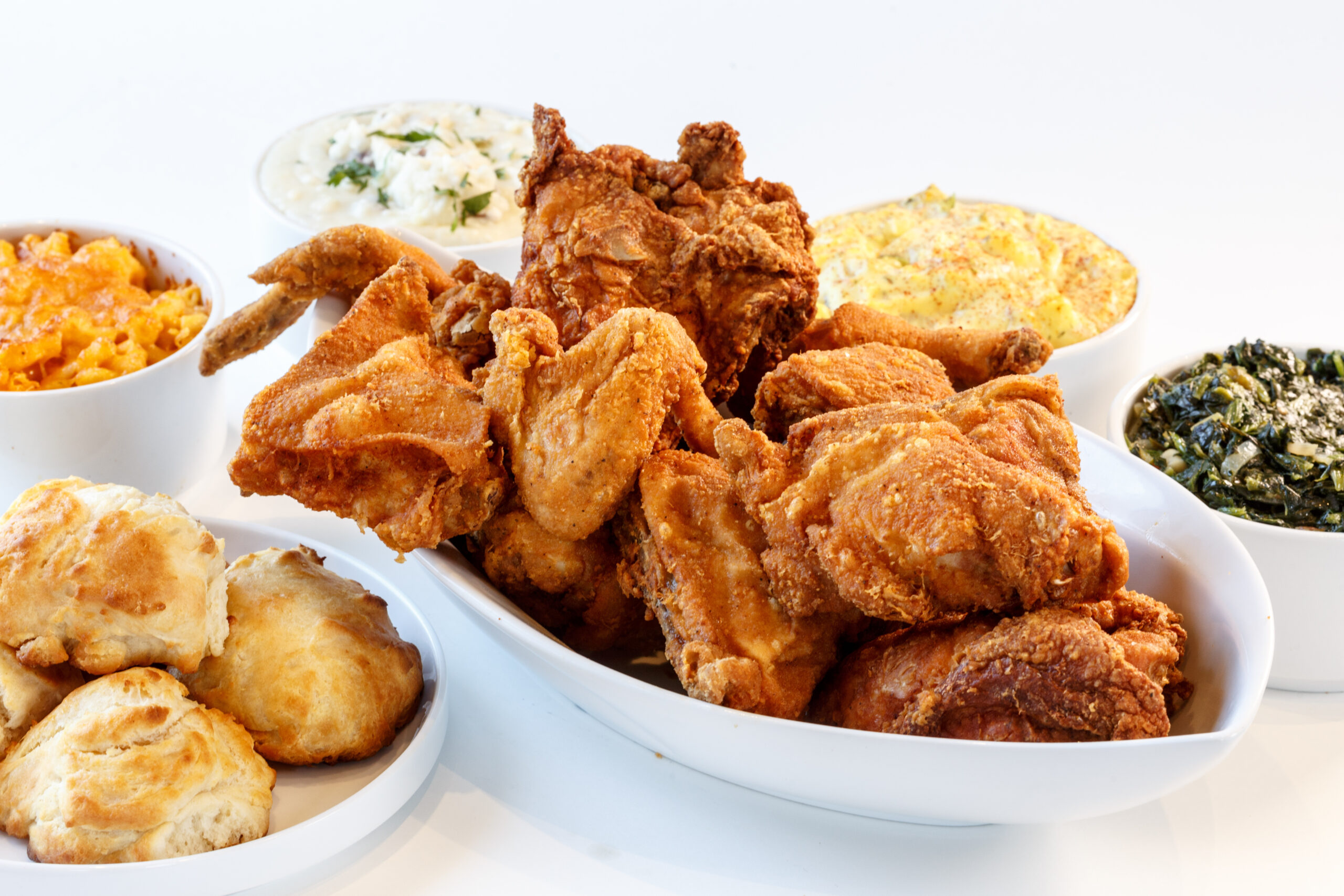
Our food is our history
Oversalting food
What’s worse than undersalting food? Oversalting it. It’s never a good idea to dump salt in anything and hope for the best. Instead, add a little at a time and taste as you go. Salt brings out the flavor in foods, so the right amount brings out flavors. But what happens if you add too much, and your meal tastes like you’ve swallowed a tablespoon of rock salt? You can save the dish by adding acidity like lemon, lime, or orange juice. A little vinegar (apple cider, balsamic, white wine) also cuts the salt. You can save oversalted soups and stews by adding diced potato, which absorbs water. You’ll be fine if you follow directions and don’t guess how much salt you need. (There’s a lesson, for a later time, on the different types of salts and which ones to have in your kitchen.)
Not preheating your pan
No wonder stuff’s sticking to the pan: You put it on the stove, lit the flame, threw in some oil and then your food. Nope. All wrong. Without getting into the science behind how manufacturers make pans and how oil and water react to porous surfaces, suffice it to say that preheating your pan will help cut down on food sticking and will make the cook even. Place the pan over low heat for 30 seconds or so, just until the pan starts to warm. Add a drizzle of oil; if it separates and streaks, the pan is hot enough. If it doesn’t, give it a few more seconds. (Note: It’s very important to watch the pan as you preheat. Never leave unattended cookware over lit burners.)
Cooking cold meat
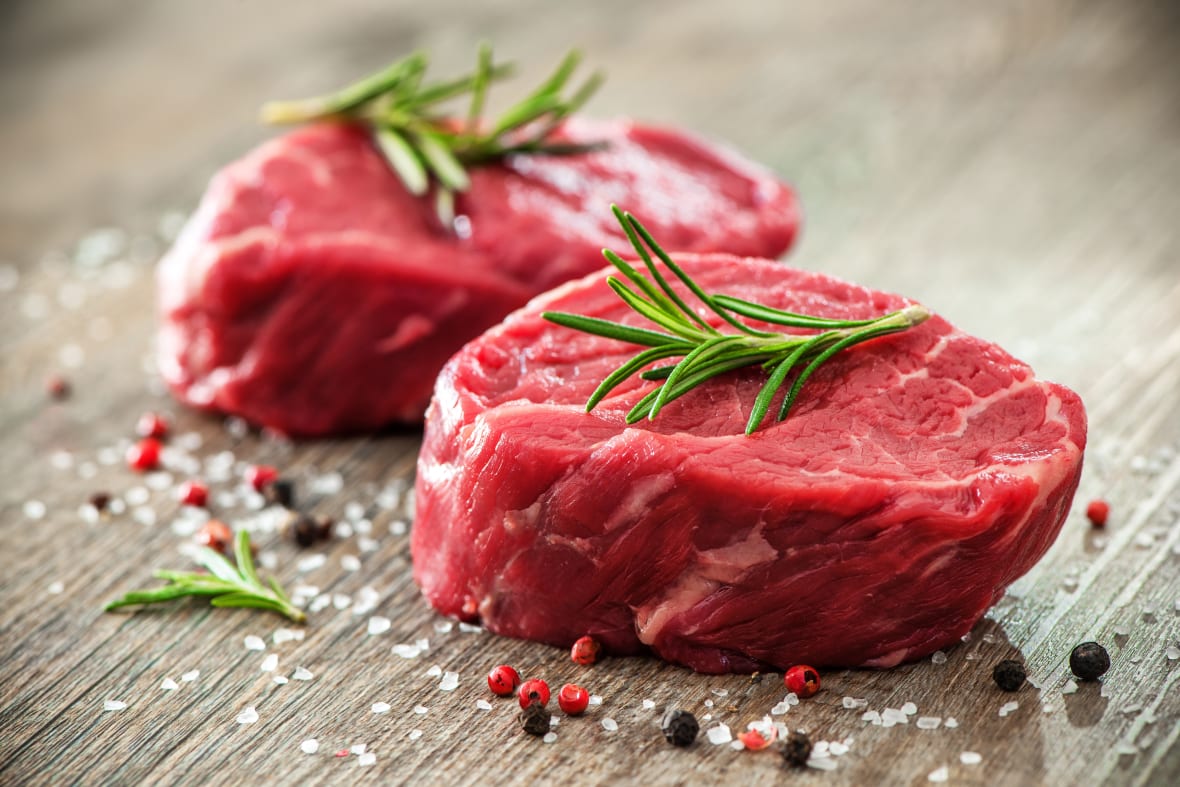
This is one of the biggest mistakes. Always take the meat out of the refrigerator and let it rest until it gets close to room temperature. “Close” because you want to be careful about letting additional bacteria get in your poultry or beef. Adding cold meat to a hot pan results in the muscle fibers contracting, leaving you with a tougher steak, chop, or chicken breast. The meat won’t cook evenly and likely won’t cook through the center. Make sure the pan is warm and the meat is at the right temperature. Then you’re good to go.
Using the wrong or dull knives
Ever try to use a butter knife to slice a raw potato? Yes, some of you have (and you know who you are). The right knives help slice and dice better and add a layer of safety. A dull knife that doesn’t cut well results in you placing more downward pressure on the blade, increasing the risk you might slip and cut yourself. All kitchens need a quality chef’s knife for various uses, including slicing meats and chopping vegetables; a serrated knife, known as a bread knife, for cutting bread; and a paring knife, for trimming smaller vegetables and fruits.
Avoiding these common errors will help you prepare better meals. And always remember — be safe in the kitchen by carefully handling your tools.

Ray Marcano is a veteran journalist who loves to cook and write about food. He’s the former national president of the Society of Professional Journalists, a two-time Pulitzer juror, and a Fulbright Fellow.
TheGrio is FREE on your TV via Apple TV, Amazon Fire, Roku, and Android TV. TheGrio’s Black Podcast Network is free too. Download theGrio mobile apps today! Listen to ‘Writing Black‘ with Maiysha Kai.
More About:Lifestyle
